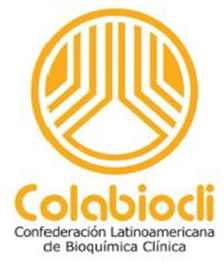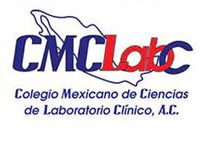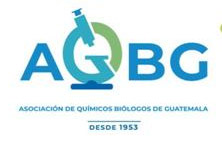The IFCC eAcademy is an open educational resource containing distance learning material created and/or reviewed by IFCC experts for the continuous professional development of members of IFCC member organisations. This new educational tool is being developed by the C-DL and C-Iel. Suggestions for topics, content or contributions may be made using the ‘Contact Us’ form on the IFCC website.
The IFCC Curriculum was developed by the C-DL to be a guide for IFCC member societies in their development of syllabuses for postgraduate trainees in laboratory medicine. It is also intended to provide a resource for trainees in planning their private study in preparation for academic and professional qualifications. Phase one of the curriculum addresses concepts related to Laboratory Organisation and Management and Blood Sciences (Clinical Chemistry and Immunology). Future additions to the curriculum will expand the scope to other disciplines within laboratory medicine.
It aims to give some learning objectives in all fields of lab medicine (analytical and clinical).






































